Imagine attending a board meeting with colleagues from around the globe, all within a realistic virtual office setting. The Metaverse enables this kind of synchronous interaction, erasing the barriers of distance and creating a level of engagement that traditional video conferencing struggles to achieve. As we explore these new possibilities, the future of remote work seems poised for a significant transformation.
Enhanced Collaboration and Engagement
One of the fundamental benefits of integrating the Metaverse into remote work is the enhanced level of collaboration it offers. Dynamic virtual workspaces allow employees to engage with one another in real-time, creating a sense of presence and community despite physical separation. Interactive tools within these spaces enable teams to brainstorm, prototype, and work on projects with a level of interactivity that mirrors in-person collaboration.
Overcoming Remote Work Challenges Through the Metaverse
Although many enjoy the flexibility of working remotely, it is not without its challenges. Feelings of isolation, difficulties in communication, and the absence of a structured work environment can hinder productivity and well-being. The Metaverse addresses these issues head-on by providing a structured, cohesive virtual space for workers. This simulated office environment not only helps replicate the structure and community of traditional office settings but also introduces innovative ways to build virtual team cohesion.
Structured Work Environment
The virtual world of the Metaverse can simulate an organized office layout with dedicated spaces for different teams and projects. Employees can personalize their own virtual workstations, which adds to the feeling of having a distinct, personal space within the remote work setting. Furthermore, the use of AI-driven avatars that represent real-world gestures and expressions improves the clarity of communication and adds a personal touch to virtual interactions.
Reshaping Company Culture with Virtual Reality
The Metaverse has the potential to go beyond just a virtual workspace; it can foster a rich company culture that many remote workers miss. Virtual company-wide events, social spaces, and gamified experiences can all contribute to a sense of belonging and team spirit. This cultural shift can lead to higher morale and job satisfaction, which is challenging to achieve through a screen.
Cultural Integration and Social Spaces
As employees engage within the Metaverse, they will experience the blending of diverse work cultures and backgrounds in a more vivid and interactive manner. Social spaces designed for informal gatherings, celebrations, or relaxation activities can translate into stronger interpersonal relationships and a well-rounded work-life balance. The integration of cultural elements within the Metaverse can create a cohesive company culture that both remote and on-site employees can appreciate.
Final Thoughts on the Metaverse as a Workplace Innovator
The Metaverse is rapidly shaping up to be a groundbreaking tool for remote work. By offering solutions to common remote work obstacles and fostering a community-driven work environment, the Metaverse is not just a novel concept but a tangible future for the world of work. As organizations begin to experiment and integrate these virtual spaces into their operations, the line between physical and virtual workspaces continues to blur, setting the stage for an interconnected work future that is limitless in potential.
Top Tools Tailored for the Metaverse to Elevate Your Remote Work Experience
As remote work cements itself into our daily lives, the frontier of virtual office environments continues to expand. The Metaverse, an immersive virtual world, is the latest territory offering a plethora of tools to revolutionize the way we work remotely. These tools not only aim to enhance collaboration amongst colleagues but also strive to spark creativity and engagement in ways traditional video conferencing cannot match. In this blog post, we explore the top tools tailored for the Metaverse designed to take your remote work experience to the next level.
Virtual Reality (VR) Collaboration Platforms
Virtual Reality platforms stand at the forefront of Metaverse-based collaboration. By strapping on a VR headset, team members can interact within a three-dimensional environment that simulates the physical presence of colleagues. Such platforms come with an array of features, from customizable avatars to private meeting rooms and interactive whiteboards.
- Horizon Workrooms: Horizon Workrooms by Facebook is a prime example, offering a digital space where remote teams can gather and collaborate as if they were in the same room.
- EngageVR: Another noteworthy mention is EngageVR, which provides expansive virtual environments for meetings, seminars, and social events.
Augmented Reality (AR) for Enhanced Productivity
Augmented Reality brings a different dimension to remote work by overlaying digital information onto the real world. AR tools can assist in tasks that require a high degree of precision or spatial understanding. This magic leap into augmented workspaces assists in complex data visualization and task management.
- Microsoft HoloLens: The Microsoft HoloLens and its suite of apps let professionals manipulate 3D models and collaborate on projects in real-time.
- TeamViewer Pilot: For hands-on assistance, TeamViewer Pilot allows experts to guide technicians in the field remotely via AR annotations.
Interoperable Communication Systems
Seamless communication is crucial for remote work, and in the Metaverse, interoperability between different platforms and tools ensures that not a byte of data is lost in translation. Systems that connect virtual environments with traditional project management softwares are key to maintaining workflow consistency.
- Slack Connect: With integrations like Slack Connect, teams can maintain direct communication lines between the Metaverse and conventional workspaces.
- Discord’s Metaverse Embeds: Discord’s Metaverse embeds similarly link external tools and services to provide a unified communication experience.
Blockchain-Based Project Management Tools
Blockchain technology promises to introduce an unparalleled level of security and transparency to Metaverse collaborations. With the ability to track and verify contributions on an immutable ledger, project management tools built on blockchain ensure accountability and trust amongst remote teams.
- Asana’s Distributed Ledger: Asana’s adoption of a distributed ledger for project tracking ensures each task is accounted for and progress is transparently shared.
- Trello Chain: Trello’s conceptual integration of blockchain, dubbed ‘Trello Chain’, could provide end-to-end encryption for sensitive task boards within the Metaverse.
Step-by-Step Guide to Harnessing Metaverse Tools for Remote Collaboration
In the ever-evolving digital age, the metaverse is transforming how we connect and collaborate from afar. This immersive, interactive environment enables teams to communicate and work together in ways that mimic physical interaction. Before diving into the nitty-gritty of using metaverse tools, it is essential to grasp the underlying concepts. The metaverse is a collective virtual space, created by the convergence of virtually enhanced physical and digital reality. It is persistent, providing continuous environments that exist even when you are not logged in.
Identifying Metaverse Platforms Suitable for Teamwork
Start by exploring various platforms such as Second Life, Microsoft Mesh, or Facebook’s Horizon Workrooms. These platforms provide spaces where avatars can interact, facilitating a sense of presence and team unity.
Setting Up Your Virtual Workspace
Once you have chosen your platform, the next step is setting up a virtual office. Customize it to reflect your brand and culture, creating a comfortable and inspiring environment for your team.
Choosing the Right Equipment for Seamless Integration
To make the most of metaverse collaboration, having the right technology is crucial. A high-quality VR headset and motion controllers are fundamental for an immersive experience. Additionally, ensure your computer hardware is capable of handling the software without lagging, as this can disrupt collaboration.
Investing in Comfort and Ergonomics
Comfort is key when engaging with virtual worlds for extended periods. Ergonomic accessories such as adjustable chairs, VR mats, and supportive wrist pads will enhance the user experience, reduce fatigue, and increase productivity.
Compatibility and Integration
Another important factor is the compatibility of your tools. Ensure that the devices and software you select can seamlessly interact with your existing systems and workflows.
Building Effective Communication Channels in the Metaverse
Clear communication is the backbone of any collaborative effort, and the metaverse offers unique methods to facilitate this. Use virtual meeting rooms to hold discussions, brainstorming sessions, and presentations as if you were in the same physical space.
Audio and Visual Interactions
Maintaining natural communication through voice and visual cues is possible in the metaverse, thanks to spatial audio and avatar expressions. This enriches conversations and helps convey emotions, fostering a stronger connection among team members.
Document Sharing and Co-Creation
Most metaverse platforms support document sharing and collaborative tools, enabling real-time co-creation and editing. Teams can work on projects simultaneously, just as they would around a physical table.
Enhancing Team Engagement and Training through Gamification
One of the most exciting features of the metaverse is its potential for gamification. By turning work tasks into engaging games, teams can experience increased motivation and better retention of information. Use virtual scavenger hunts to onboard new employees or competitive challenges to encourage upskilling.
Tracking Progress and Recognizing Achievements
Implementing systems to track progress and reward achievements within the metaverse can further motivate teams. Recognition can come in the form of virtual trophies or badges and helps in building a positive team culture.
Customizing Experiences for Diverse Teams
With teams becoming more diverse, personalizing experiences in the metaverse is essential. Allow team members to customize their avatars and individual settings, making them feel more at home in your virtual workspace.
By following this guide, teams can harness the full potential of metaverse tools to improve remote collaboration. With the right setup and an understanding of virtual environments, the metaverse can become a powerful facilitator of team engagement, innovation, and productivity.
Success Stories: How Metaverse Tools are Shaping the Future of Remote Teams
In the wake of widespread remote work, companies have sought innovative methods to maintain employee engagement and foster collaboration from a distance. The metaverse, a collective virtual shared space, has emerged as a powerful tool in bridging the gap between physical separation and collaborative work environments. Success stories are surfacing as businesses harness metaverse tools to empower their remote teams, spawning a new era of digital workspaces filled with potential and productivity.
Revolutionizing Communication and Collaboration
Remote teams often grapple with the challenge of miscommunication and isolation, but metaverse spaces offer an immersive platform where interaction mirrors real life. One such example is the integration of avatars and virtual reality (VR) meeting rooms by a leading tech firm. With custom-made avatars resembling each team member, the staff has been able to conduct meetings in a more personal and interactive manner. The result champions a cohesive team dynamic and effective project management, as recorded in increased efficiency metrics post-implementation of these metaverse tools.
Enhancing Training and Professional Development
In the realm of training, metaverse applications have set a new benchmark. A Fortune 500 company reported a remarkable improvement in employee skill sets through the deployment of VR-based training modules. Interactive scenarios that simulate real-world challenges enable teams to learn and adapt without the constraints of geographical boundaries. These training sessions are not only cost-effective but also yield higher retention rates, according to the company’s human resources analysis, fostering a culture of continuous professional growth.
Building a Connected Corporate Culture
The metaverse tools have also proven advantageous in cultivating a strong corporate culture among remote teams. A small business success story highlighted its use of virtual office spaces which function as a persistent environment for employees to connect and socialize. As team bonding exercises and casual virtual meetups became part of the daily routine, the company observed a spike in employee satisfaction and team spirit that translated into superior work performance and a notable drop in turnover rate.
Optimizing Resource Management and Workflow Automation
Furthermore, the integration of metaverse technology has streamlined resource management and workflow automation. An international project development agency incorporated a metaverse-based system to visualize and allocate resources across multiple teams, leading to a significant upturn in project completion rates and budget adherence. By utilizing virtual tools for assigning tasks and monitoring progress, teams experienced clarity in their roles and responsibilities, ensuring a smooth and transparent project lifecycle.
Upcoming Metaverse Innovations: What’s Next for Remote Work Tools?
Reflective Avatars: Bringing Human Nuance to Virtual Collaboration
As businesses increasingly adopt virtual environments for their day-to-day operations, the next wave of metaverse innovations focuses on enhancing the personal connection between users. Reflective avatars are the forefront of this movement. These sophisticated digital personas are designed to convey a broader range of human emotions and expressions, closely mirroring the user’s real-life appearance and gestures. By using motion capture technology and real-time rendering, remote workers can convey body language and subtle cues that get lost in traditional video conferencing. This level of personalization promotes a more natural and engaging interaction, making remote collaboration more intuitive and emotionally resonant.
Incorporating Gesture and Tone Recognition
Further enhancing the verisimilitude of virtual interactions, these avatars will also be equipped with gesture and tone recognition. As users converse and gesture within virtual spaces, their avatars will respond in kind, picking up on nuances like affirmation nods or skeptical eyebrow raises. The integration of these nuanced reactions promises to smoothly bridge the gap between physical and virtual communication, fostering an atmosphere of trust and collaboration critical to successful remote work.
Immersive Virtual Workspaces: Tailored Environments for Every Task
In the bid to optimize remote work, immersing employees in a tailored virtual workspace is set to become a game-changer. Unlike the static backgrounds of current virtual meetings, the next generation of remote work tools in the metaverse will allow for dynamic environments that can be altered to fit the task at hand. Imagine shifting from a high-tech conference room to a tranquil beach for a brainstorming session with just a click. These customizable settings can enhance focus, foster creativity and reduce the fatigue that comes from staring at the same digital walls day after day. Moreover, by allowing employees to design their own digital workspace, companies are enabling a sense of ownership and comfort that can boost morale and productivity.
3D Interaction Tools and Data Visualization
Supporting these immersive spaces, a suite of 3D interaction tools are being developed to transform how we manage tasks and visualize data within the metaverse. Users will manipulate complex data models with ease, using hand gestures and spatial movements rather than traditional point-and-click interfaces. This tactile approach to data manipulation not only streamlines workflow but also creates a more engaging and effective means of consuming and understanding information.
Seamless Interoperability: The Foundation of a Unified Metaverse
The modern workforce relies on a multitude of software and platforms to get work done. Forward-looking metaverse breakthroughs aim to create seamless interoperability between these various systems. A unified metaverse promises a frictionless transition from one application to another, carrying data and context across platforms without the need for constant re-authentication or data re-entry. This seamless environment underpins the effective operation of remote work ecosystems, eradicating the stilted experience that can occur when switching between collaborative tools. As we usher in a new era of interconnected virtual spaces, users will enjoy an unprecedented level of continuity and efficiency in their remote work endeavors.
Universal Avatars and Asset Portability
Key to interoperability is the concept of universal avatars and asset portability. Users will be able to transit between virtual environments with a consistent digital identity and carry their work assets along with them. This will eliminate redundancy and enable a persistent presence across multiple platforms, which is irreplaceable for remote work applications. Companies are exploring blockchain and other decentralized technologies to ensure security and authenticity of these assets, paving the way for a truly cohesive and user-centric metaverse.

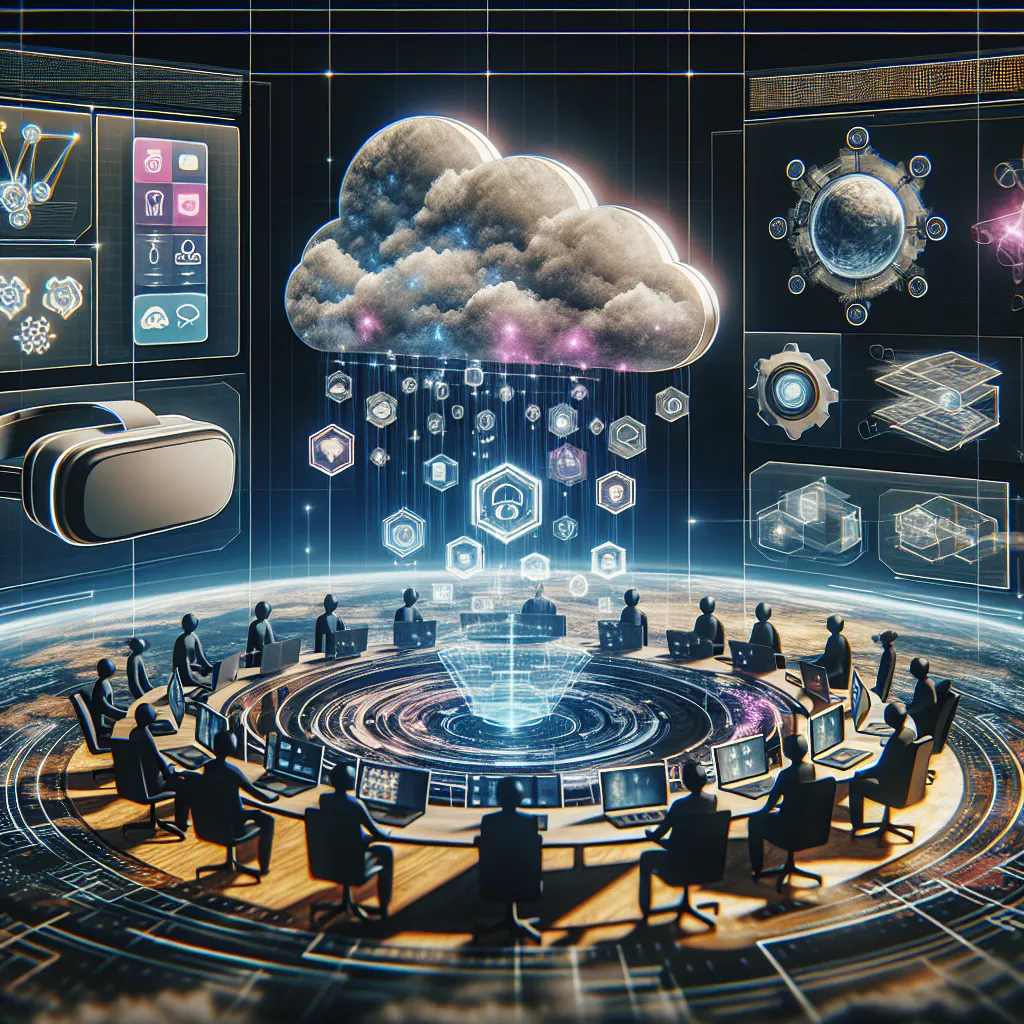

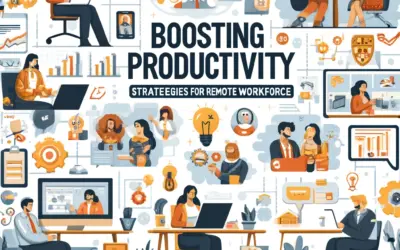
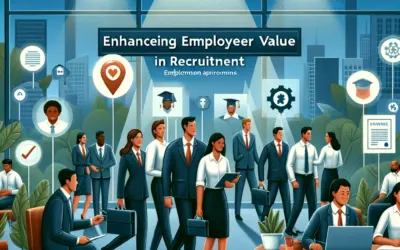
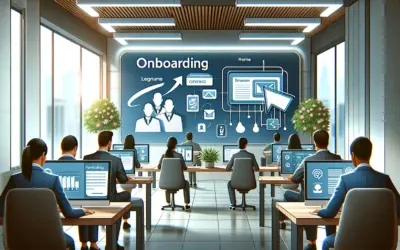


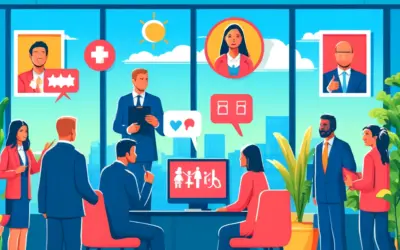




0 comentarios